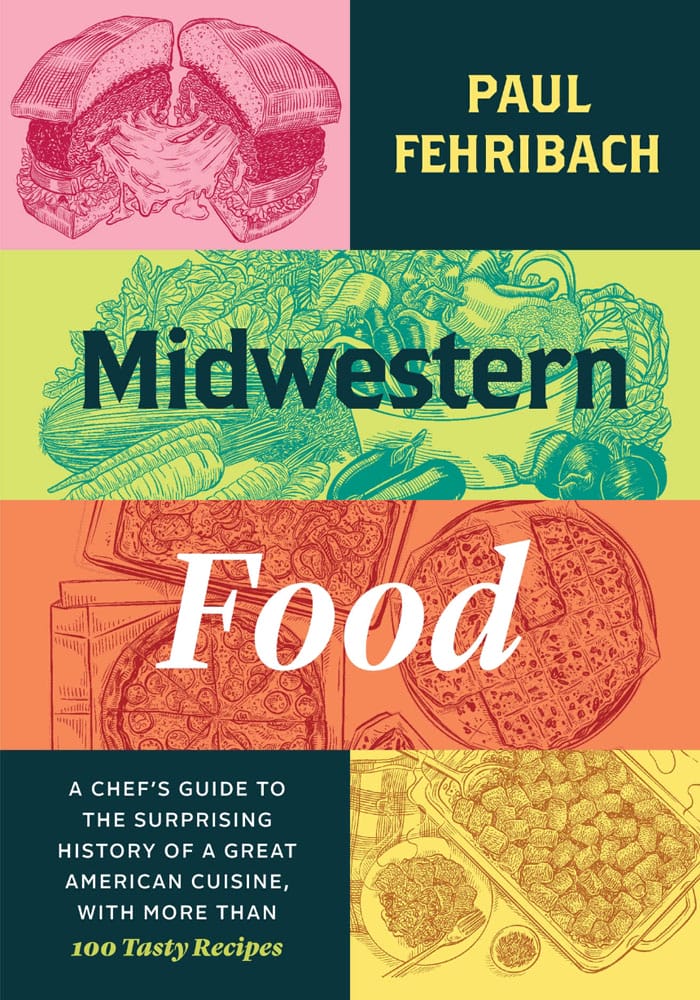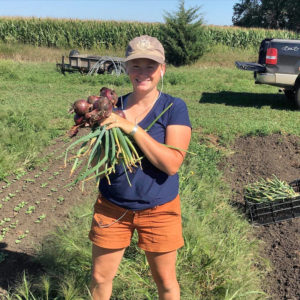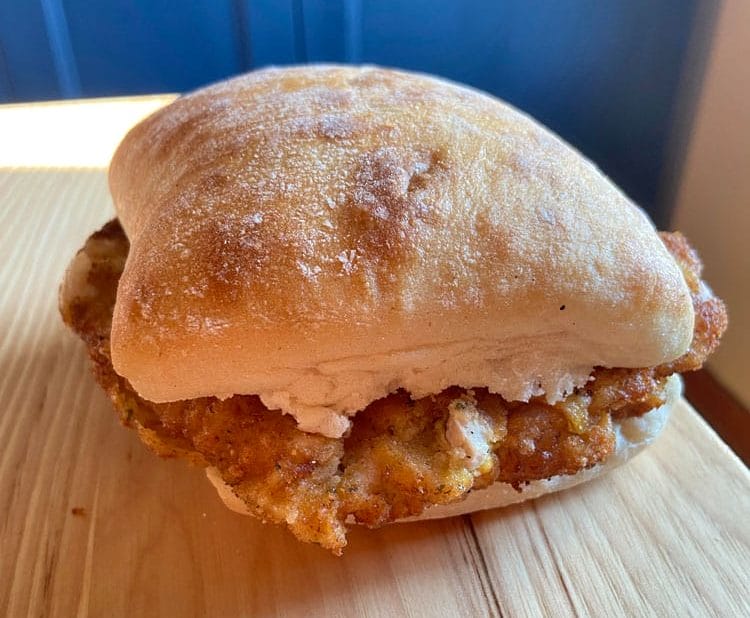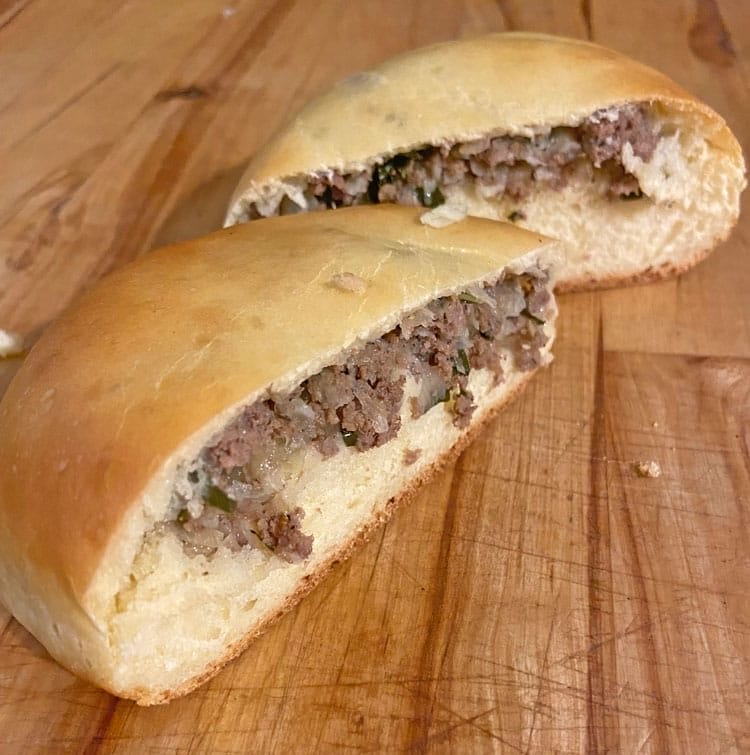Book Review: Paul Fehribach’s “Midwestern Food” Cookbook
 This book review was written by Kjersten Oudman.
This book review was written by Kjersten Oudman.
As a vegetable farmer, I’m always looking for recipes to encourage people to eat more vegetables. I was hopeful that Paul Fehribach’s cookbook, “Midwestern Food: A Chef’s Guide to the Surprising History of a Great American Cuisine,” would offer some new ideas on this front. As a born-and-raised Midwesterner, though, I was not shocked that even through the eyes of a renowned chef, Midwestern food is still all about meat and potatoes.
Paul,an Indiana native who owns and operates the restaurant Big Jones in Chicago, wrote this book as a love letter to the cuisine of the Midwest. His goal is not to try to convince us that Midwestern food is different than what we assume. Rather, his aim is to celebrate burgers, sandwiches and even green bean casseroles for what they are.
“Midwestern Food” is more than just a collection of recipes, however. Interspersed throughout the cookbook are highlights of local farmers, chefs or folks involved with local food throughout the region. And each recipe is accompanied by a history or commentary that was enjoyable to read on its own.
Recipes included in the book fall under categories such as: “Of State Fairs, Tailgates and Main Street Cafes: Sandwiches and Handheld food,” “Please Pass the Corn: Vegetables and Sides” or “Pull Up a Chair: Meat and Potatoes.”
There weren’t any pictures to accompany the recipes, which I found wanting. The recipes are all stripped down and require the user to have some confidence in the kitchen. But the recipes Paul chose to include were fascinating.
This is not a cookbook that will offer readers tips to Midwestern cuisine with a twist of something new. All recipes Paul included in the book had to be archetypal of Midwestern communities, and which have remained intact for at least three generations.
Requiring recipes to be unchanged for three generations meant most felt lackluster. Few recipes I tried stood out in meaningful ways. Recipes for family classics such as breaded pork tenderloin, Italian beef or “Jucy Lucy” didn’t offer anything better than our own family recipes, and seemed to leave out any seasonings that could have enhanced the food.
The lone standout recipe for my family was the “Bierocks a.k.a Runza” recipe (see photo below), though I think additional spices would have elevated the meat and cabbage mixture. But perhaps part of the intrigue of this cookbook is the feeling that family recipes, however familiar, are special enough to highlight.
Capturing the spirit of the Midwest also led Paul to include some truly unfamiliar recipes, such as the “Cannibal/Wildcat” – a sandwich made entirely from raw ground beef. This was unknown to me and did not sound appetizing. However, Paul’s persuasive writing changed my thoughts from, “I would never put this in my mouth,” to “maybe I’d try this in the right circumstances.”
“Midwestern Food” honors the tried-and-true food that gathers Midwestern families around the dinner table. Though more history or anthology than cookbook at times, it is entertaining and a source of new information. It may not be a book that I’ll frequently pull out before weeknight dinner. But it was nice to have familiar recipes celebrated, even if they are mostly meat and potatoes.
 Kjersten Oudman farms with her husband, Dirk, and children, at Blue Sky Vegetable Co. near Worthing, South Dakota. Together, they raise more than 30 varieties of vegetables, which they market directly through custom-choice farm shares to customers in Sioux Falls and surrounding communities.
Kjersten Oudman farms with her husband, Dirk, and children, at Blue Sky Vegetable Co. near Worthing, South Dakota. Together, they raise more than 30 varieties of vegetables, which they market directly through custom-choice farm shares to customers in Sioux Falls and surrounding communities.


